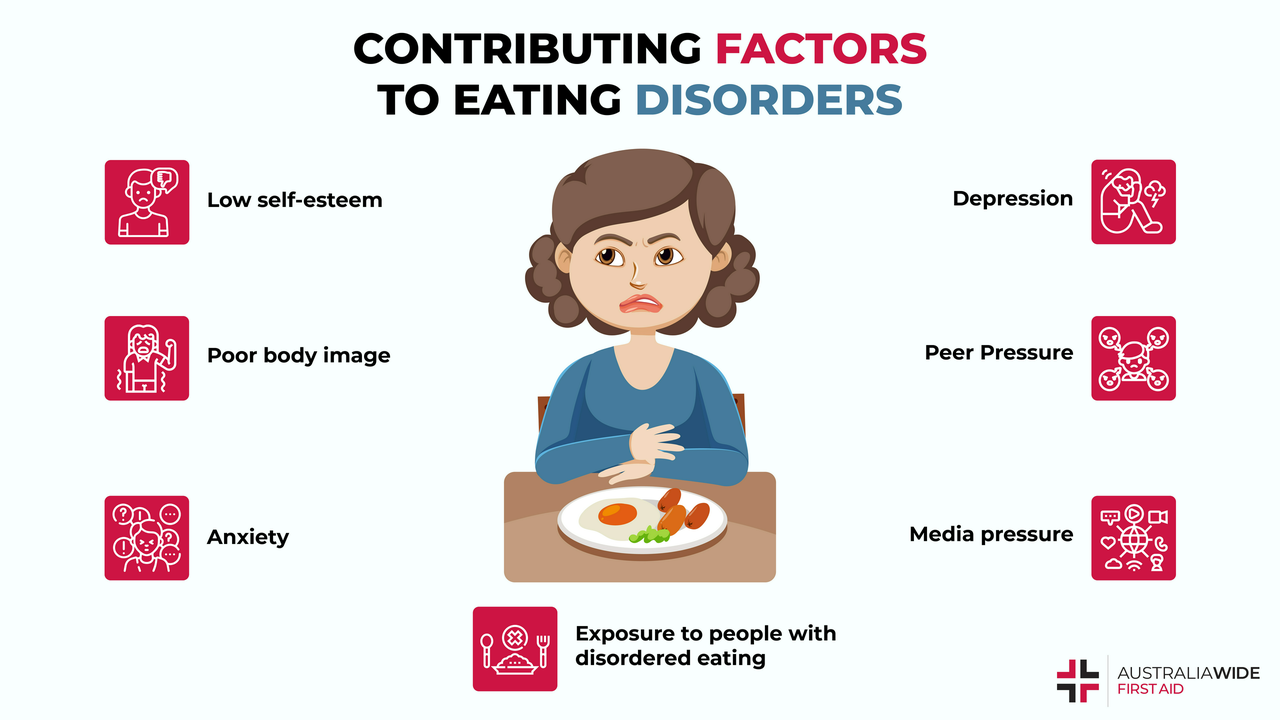Intro: When anorexia enters a home, well-meaning battles over food often push loved ones deeper into isolation. These three steps build bridges instead of trenches.
Step 1: The Observation Shift – Seeing Beyond the Plate
Before reacting, learn to witness differently.
Redefining “Problem Behaviors”
Anorexia twists self-preservation into self-destruction. What looks like defiance is often terror:
- Pushing food around = Fear of losing control
- Wearing baggy clothes = Shame about bodily changes
- Cooking for others = Desperate connection attempts
Instead of: “Eat your chicken!” Try: “I notice cooking helps you relax. Want to teach me your stir-fry technique this weekend?”
The Power of Neutral Language
| Trigger Phrase | Neutral Alternative | Why It Works |
| “You’re too thin!” | “I miss seeing your smile lately” | Separates concern from body focus |
| “Just eat a bite!” | “Let’s sit together while I have tea” | Reduces mealtime pressure |
| “You look sick” | “How are you sleeping?” | Focuses on experience, not appearance |
Documenting Patterns Without Confrontation
Keep a private log tracking:
- Energy highs/lows: “Tuesday: She laughed at dinner but fell asleep on the couch after”
- Social engagement: “Visited Grandma willingly—ate half a muffin without prompting”
- Self-talk clues: “Heard her whisper ‘disgusting’ when trying jeans”
Purpose: Identifying recovery opportunities (e.g., social settings lower anxiety), not evidence for arguments.
Step 2: Connection Before Correction – Building Trust Anchors
Solidarity opens doors coercion slams shut.
The Art of Side-by-Side Conversations
Vulnerability flourishes when eyes aren’t locked:
- Car talks: “Remember our beach trips? I loved watching you build sandcastles” (nostalgia builds identity beyond illness)
- Walking dialogues: “That blue house reminds me of your kindergarten drawings” (movement diffuses tension)
- Shared activities: “Help me repot these plants—your hands steadier than mine” (reclaims competence)
Avoid: “We need to talk about your eating.”
Validating the Unspoken Fear Anorexia whispers: “If I eat, I’ll shatter into nothing.” Acknowledge the terror without agreeing:
- “I see how hard you’re fighting to feel safe right now”
- “Your mind must feel like a battlefield these days”
- “It makes sense you’d cling to rules when everything feels chaotic”
Critical shift: Compassion for the suffering ≠ Endorsement of the disorder.
Rituals of Reconnection
Create anorexia-free zones/times:
- Sunday morning comics: Read funny pages together—absolutely no diet talk allowed
- Hand massage tradition: “Grandma’s lavender lotion ritual” during movie nights
- Memory box: Collect ticket stubs, seashells, doodles celebrating non-body moments
Impact: These become lifelines when meals get tense.
Step 3: The Support Scaffold – Nourishing Without Force
Structure creates safety; flexibility preserves dignity.
Reimagining Meal Support
Traditional monitoring (“Finish your plate!”) triggers rebellion. Try:
- Family-style serving: Everyone self-serves from shared dishes → Normalizes variety
- “No comments” rule: No praise/criticism about anyone’s food choices
- Distraction toolbox: Mealtime podcasts, trivia cards, photo albums
Real example: The Chen family plays “Two Truths and a Lie” during dinner—laughter often leads to relaxed eating.
The Hunger Scale Bridge
Help reconnect with internal cues:
- Before meals: “Where’s your hunger on 1-10? I’m at a 3—barely hungry yet” (models self-awareness)
- Mid-meal: “I just hit a 6—starting to feel satisfied. How about you?” (non-demanding check-in)
- After eating: “My stomach feels pleasantly full at a 7 now” (normalizes post-meal fullness)
Key: Never challenge their number—trust develops slowly.
Handling Setbacks Without Shame
When panic overrides progress:
- De-escalate: “Let’s wrap this up. Dessert can be strawberries on the patio later.”
- Depersonalize: “Anorexia’s loud today—let’s starve IT by watching cat videos.”
- Reset: “Today was tough. Want to help me make tomorrow’s lunchboxes now?”
Remember: One skipped meal isn’t failure—it’s data about needed support adjustments.
Conclusion: The Unseen Milestones
Recovery isn’t measured in calories consumed but in moments of reclaimed connection:
The Quiet Triumphs
- Her hand didn’t shake when passing the bread basket
- He asked for seconds of potatoes without self-criticism
- She wore short sleeves on a warm day
- He said: “I’m scared… but I’ll try”
The Family Transformation This approach doesn’t just support the individual—it heals relational wounds: → From: Walking on eggshells → To: Walking together through fear → From: Food police vs. rebel → To: Allies against a common enemy
As family therapist Harriet Brown reflects: “When we stop fighting anorexia with weapons of shame and start disarming it with relentless compassion, something miraculous happens: The person underneath remembers they’re worth fighting for.”
Progress won’t be linear. There will be dinners where tears fall into uneaten soup, and mornings when hope feels thin. But in choosing connection over correction again and again, you build something anorexia cannot touch: a love that says, “I see your pain, and I’m not leaving. We’ll learn a new way through—together.”
The greatest healing often begins not when the plate is clean, but when a hand reaches across the table and is met, squeeze for squeeze. That’s when the real nourishment starts.


